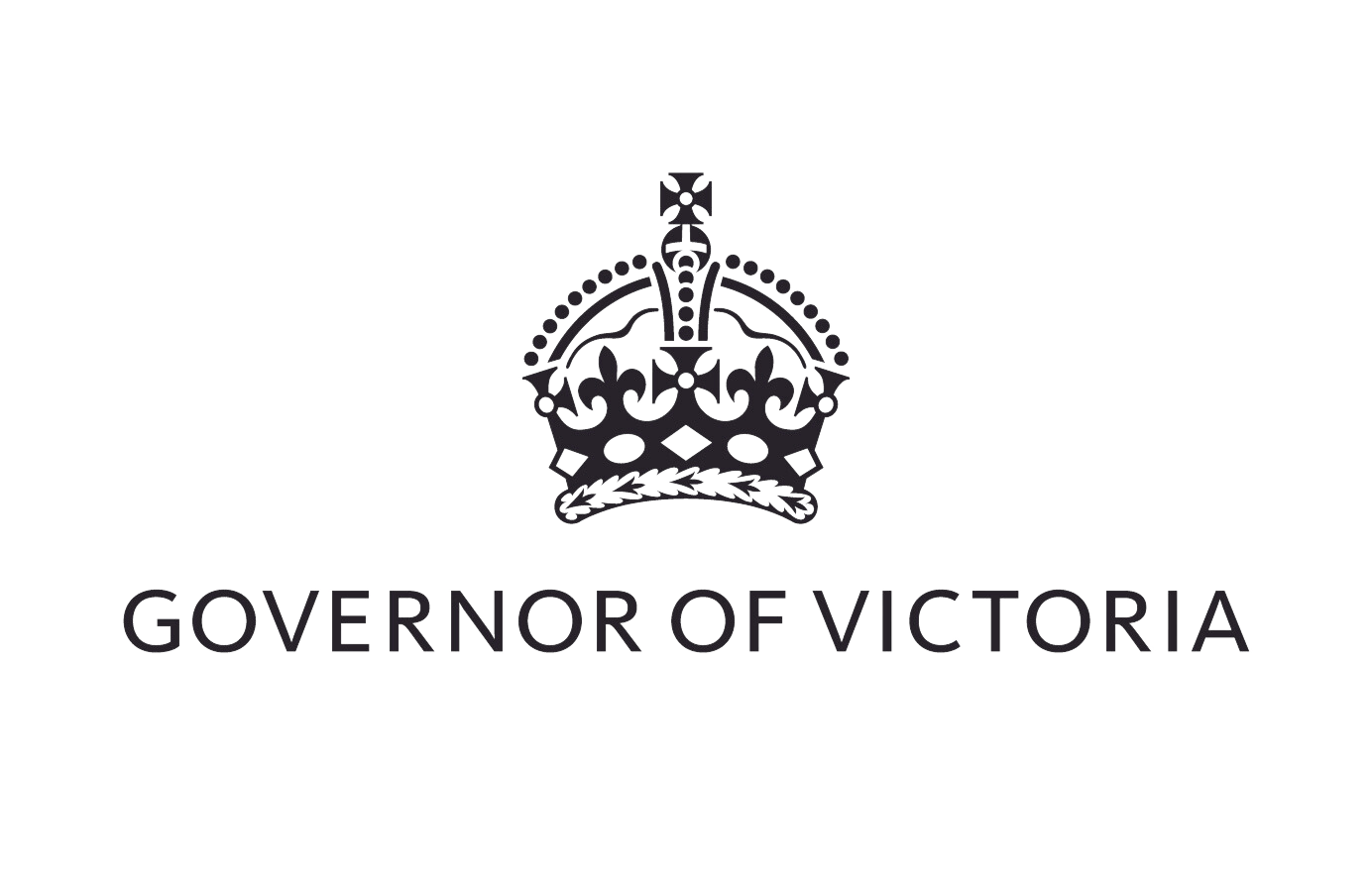
Speech by the Governor of Victoria at the Opening of the Art of Botanical Illustration Exhibition.
I begin by acknowledging the Traditional Owners of the unceded lands on which we meet today– the Wurundjeri and Bunurong people – and pay my respects to their Elders, past and present.
In honour of a century of European presence in Australia, Melbourne held a Centennial International Exhibition in 1888 that captivated audiences both locally and internationally.
More than 2 million people attended the event over 160 days, many attracted by the displays of technology, craftsmanship, and art.
Among the celebrations and excitement, a controversy erupted when the highest honour of the art competition was announced.
Competition was fierce, considering that entrants included famed artists such as Tom Roberts and Frederick McCubbin.
Instead, a woman named Ellis Rowan won the top prize – much to the chagrin of the Victorian Artists’ Society.
Rowan was a botanical illustrator who had worked closely with the first director of Melbourne’s Royal Botanic Gardens to identify local specimens.
However, her so-called "flower paintings" were viewed as inferior by the established artistic community at the time.
Botanical drawings were seen more as ‘women’s art’.
In 1858, the Melbourne Ladies Almanack published:
“Who has ever rambled in the Australian bush without gathering a handful of pretty little wildflowers?
…many ladies, I am sure, would devote much of their leisure to the healthy exercise of a daily walk, coupled with the instructive and elevating pursuit of studying our native plants, and forming them into a collection.”
While that excerpt is undoubtedly a condescending view of the art form – there is a slight truth in it.
Many “ladies” had devoted time to the Australian bush.
And it wasn’t far-fetched to refer to it as 'women's art' as Australian and Victorian women were its pioneers and trailblazers.
While men may have dominated the naming and classification of flora and fauna – it was largely female artists who provided accurate yet emotionally evocative artistic interpretations.
Their work captured imaginations and helped spread the beauty of our unique environment across the globe.
Indeed, later in her career, Ellis Rowan travelled to London to personally present three of her paintings to Queen Victoria.
It wasn't by accident that Victoria became known as ‘The Garden State' – and the often overlooked contributions of botanical illustrators played a significant role.
Now in its 17th year, The Art of Botanical Illustration exhibition is actively reviving and building upon an artistic heritage that has inspired so many, for so long.
Artists like Celia Rosser have carried forward this legacy, building on the contributions of women who pioneered this art form.
Fittingly, the highest award for this exhibition is named in her honour.
It is a pleasure to be joining you all here this evening to open The Art of Botanical Illustration exhibition.
I’d like to thank all members and supporters of the Friends of the Royal Botanic Gardens.
Through your dedication to our gardens and native species, you've helped Victorians better appreciate and cherish our unique environment.
